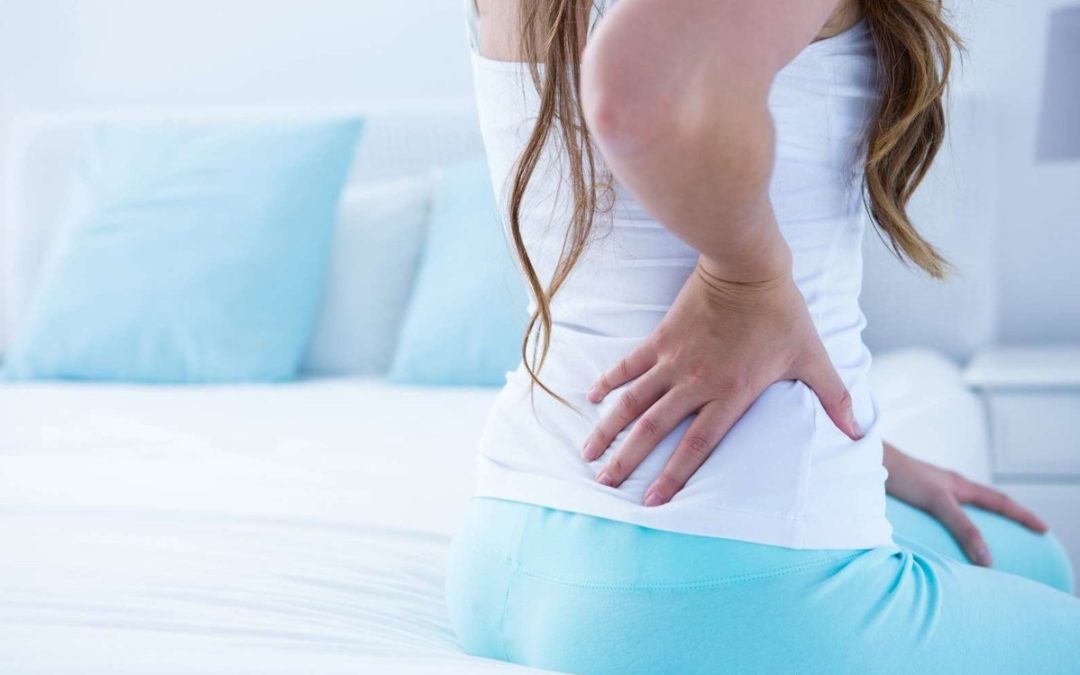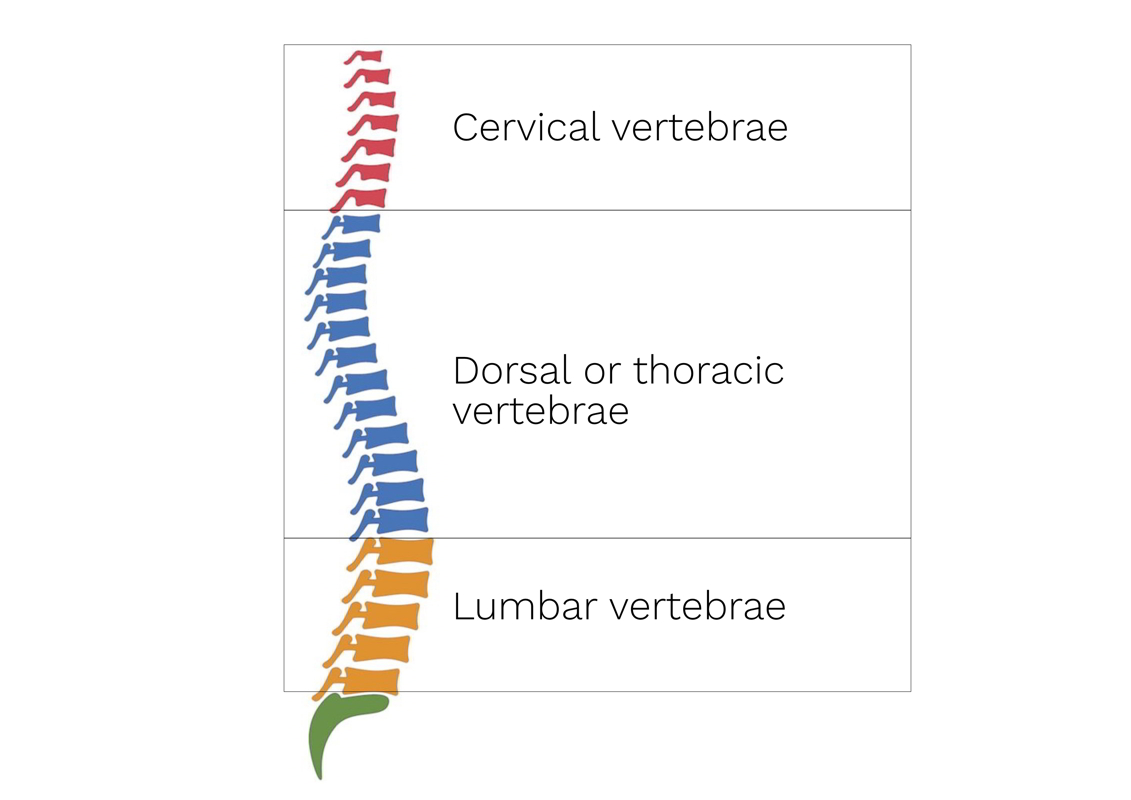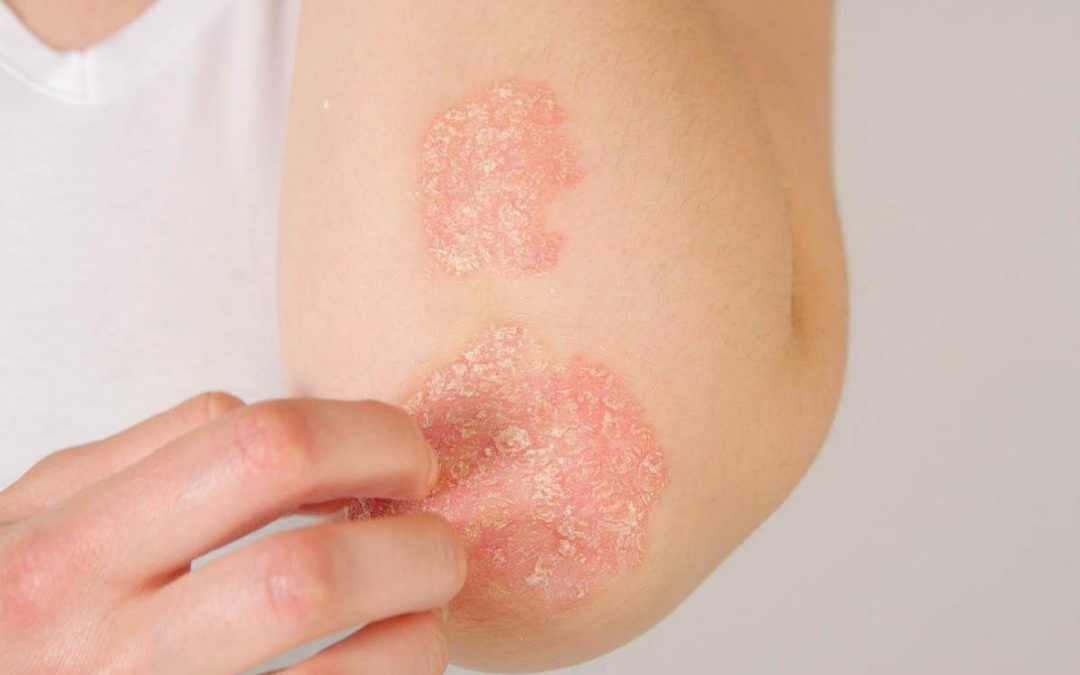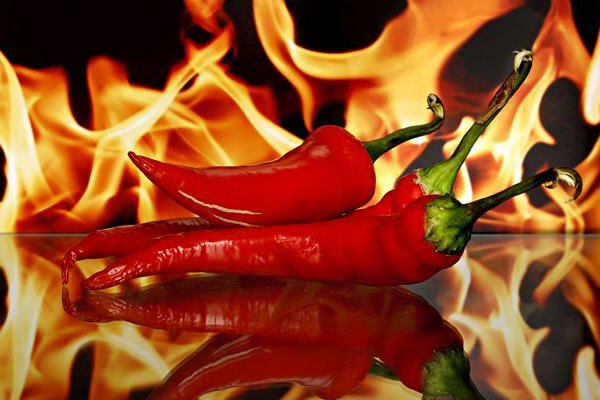
The anger
Anger is associated with the wood element and the Liver.
Expressed anger
![]() The anger is related to the energy of wood, and therefore to the organ of the Liver. It is a rising energy, powerful and explosive. Think of the power it takes for a seed to sprout and become a tree! In TCM, anger is therefore an energy of movement and creativity.
The anger is related to the energy of wood, and therefore to the organ of the Liver. It is a rising energy, powerful and explosive. Think of the power it takes for a seed to sprout and become a tree! In TCM, anger is therefore an energy of movement and creativity.
This energy will become pathological when anger is expressed excessively, over a long period of time, or repeatedly, or conversely if it is repressed. The unspoken is a source of imbalance of the liver.
Anger in the broadest sense encompasses many emotions such as irritability, aggressiveness, impatience, resentment, irritation, bitterness, hatred, resentment, rage…
Anger causes a rise in qi, which manifests itself as a red face. In TCM, this rise in energy is called “Liver fire”. This can sometimes generate headaches.
Suppressed anger
Conversely, repressed anger or frustration leads to another type of imbalance, “Liver qi stagnation”.
One will then find symptoms of frustration, irritability, anxiety, fullness in the chest, menstrual disorders and indigestion. Over time, these symptoms can turn into premenstrual syndrome, depression, chronic fatigue and in some cases, hepatitis.
Anger or frustration can therefore lead to liver imbalance and conversely, liver imbalance can produce symptoms of anger or frustration.
Pathologies
The liver manages energy and ensures its harmonious distribution in the body. According to the control (or attack) cycle, if the wood element is out of balance, it can attack the earth element. This will affect the functions of the spleen and stomach. Over time, if this imbalance continues, it can spill over to the water element and create weakness in the kidneys. And so on…
Repressed anger generates a stagnation or an emptying of the liver energy, which is accompanied by digestive problems (bloating, constipation, gas…), mood swings, fatigue and even depression. It can also generate menstrual disorders in women.
The Liver Qi rises and the Lung Qi falls. If they are both in harmony, the Qi flows freely and smoothly. However, sometimes the Liver Qi does not rise and does not diffuse; this is one of the main causes of Qi stagnation.
This can occur in various parts of the body, such as the hypochondria, epigastrium, abdomen, uterus, throat and head. It can affect the Lung, altering the descent function of the Lung Qi, (which results in a feeling of distension in the chest, depression, coughing and shortness of breath.
The rise of Liver Qi can also become “rebellious” (rise of Liver Yang), reach the head and cause headache and irritability; it can also disturb the descent of Lung Qi and cause coughing, shortness of breath, and headache. Liver Fire can have the same effects, plus redness of the eyes.

Eyes, muscles & tendons
All the pathological situations described above can be found in the Five Elements theory under the terms “Liver outrages the Lung”.
The descent of the Lung Qi brings down the Qi and liquids to the Kidney and Bladder. If the Lung Qi fails to descend, it will stagnate in the chest and cause coughing and asthma.
The Liver is also associated with the eye organ. Any imbalance of the liver can therefore cause visual disorders. It is also associated with muscles and tendons. An unbalanced liver can therefore affect muscles and tendons.
Treatment
If the liver is out of balance, Chinese medicine can treat the organ with a proper diet, herbs and acupuncture. But if the patient lives in a situation that regularly triggers anger and leaves him or her feeling angry all the time – whether or not this anger is conscious or expressed – the liver will continue to be damaged.
In this case, outside medical help may not be enough to bring it back into balance, and the patient will also have to reduce the factors that trigger anger, and also learn to manage this anger. Breathing exercises, relaxation, techniques like yoga, meditation, qi gong will be beneficial.
The liver and diet
A good diet is fundamental for the health of our liver. Very often liver and gallbladder diseases are caused by an excessive, indigestible and inappropriate diet. The main enemies of the liver are :
Sugar (and alcohol)
One of the main enemies of the liver in our diet is sugar, and in particular refined (white) sugar. It is of course consumed in an excessive way (4 times too much on average). Glucose is a vital fuel for our body but in very small quantities. Any excess will lead to an imbalance in the liver.
Processed foods
The food industry offers us a wide range of processed foods, containing colorants, flavor enhancers (flavors, sugar and salt, vanilla) and preservatives. These synthetic substances contain a large number of chemical molecules that overload our liver. They should ideally be removed from our diet.
Stimulating drinks
To stimulate our physical and/or mental abilities we consume alcohol, tobacco, tea, chocolate and coffee, which are certainly stimulants but also toxic. Their active substances (theine, caffeine and theobromine for chocolate) belong to the family of alkaloids which are poisonous for our liver. It seems that the “boost” effect felt after consuming these “foods” is actually our body’s reaction to the stress caused by these toxic molecules, which it seeks to eliminate. Moreover, these substances block digestion and promote fermentation.









